Any aspiring at-home cook or chef should learn and understand the basics when it comes to safe food handling. What is food safety you may ask? Food safety covers important information and facts so that you:
a) don't make yourself or others sick
and
b) are able to cook more efficiently and in an organised fashion
Safe food handling practices and procedures are the first thing every cook is taught right from the beginning of their career, yet is something I feel most people lack a basic understanding off.
It is important to follow safe food practices to, know what temperatures to cook certain foods too, how often you can reheat leftovers, and how to properly store food in the fridge and freezer.
This allows you to get the longest shelf life possible out of a product (while keeping it safe to eat), and reduce food waste, and therefore your hard earned money.

What Is Food Safety - Some Basic Facts
Food borne illness occurs when food becomes contaminated and is then consumed by someone who gets sick because of this contamination. There are three different types of food contamination.
- Biological contamination (such as from bacteria, viruses, and mold),
- Physical contamination, (from hair, bits of plastic from packaging etc.) and
- Chemical contamination (such as from cleaning products, or toxins leached from metals.)
Biological Contamination
The most common type of food contamination that makes people sick is biological contamination, which happens when bacteria etc, grow to a point where it is dangerous to ingest. This type of contamination can also be caused or introduced by dirty hands, improperly cleaned cooking surfaces, and tools.
Bacteria, viruses, molds etc, all thrive especially well on certain perishable foods such as raw meats and seafood, dairy products, cooked vegetables, and tofu to name a few. This is why it is so important to properly store and cook food, to limit the growth of biological organisms in food.
The Temperature Danger Zone
Time and temperature are key in the growth of bacteria on food. Bacteria, molds etc. all grow a lot quicker in warm, moist conditions, and the longer these organisms are kept in the "food danger zone" the faster they will multiply and spread.
The food danger zone, as it is called in the food industry, is between 4C and 60C (or 40F and 140F). Outside of this temperature range, dangerous organisms and bacteria either grow extremely slowly or are killed of.
That's where time comes in. Every 20 minutes or so bacteria on or in food can double if it is not stored or cooked correctly. Four hours is the maximum standard length of time that food can be kept in the temperature danger zone in most areas of Canada.
This includes prep time, cooking times, and cooling times.
Holding & Cooling Food Properly
It is ok to hold food over 60C for extended periods of time, such as on a buffet where it is too hot for these organisms to multiply, but you should heat food quickly to bring it up past the 60C mark.
If you need to cool food down again, do so as quickly as possible to bring the temperature back down past 4C where the growth of bacteria comes to a stand still. It is a good idea to use ice baths, stir the food periodically while it is cooling down, and leave it uncovered until completely cool.
Leftovers should only ever be re-heated once and then thrown out to avoid food borne illness. By following even this one simple safe food handling practice, you can drastically reduce the chances of making yourself sick.
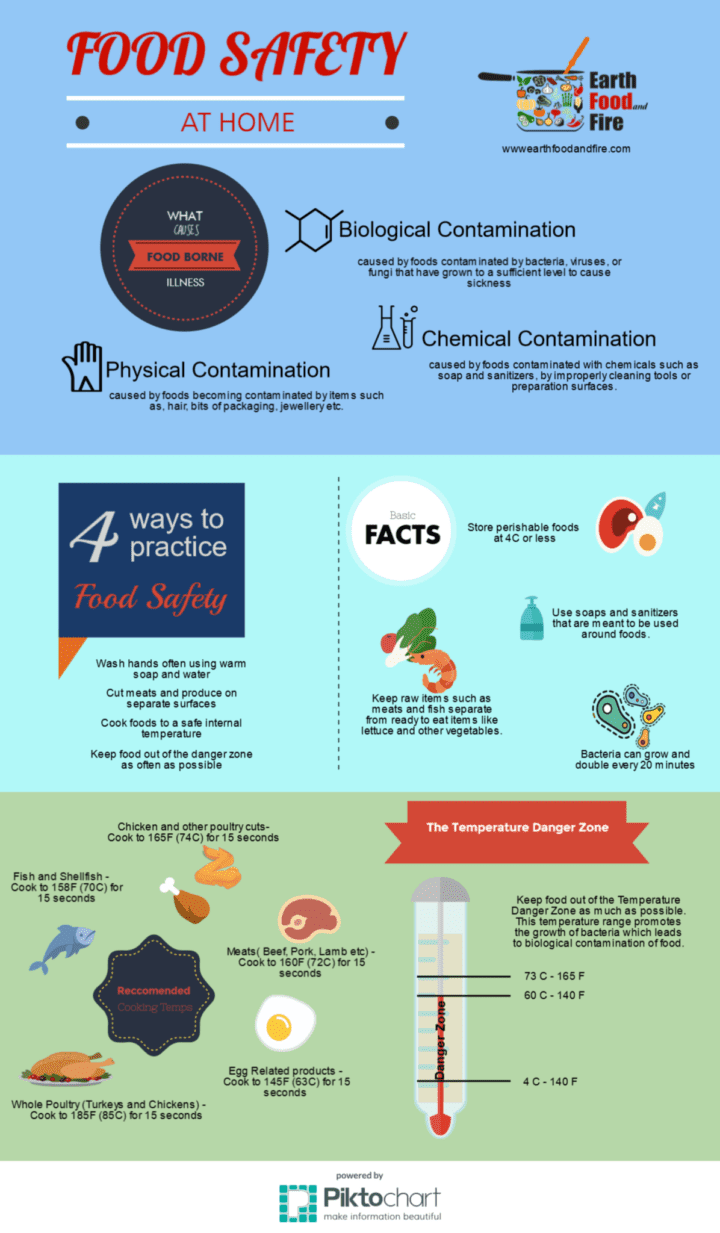
Physical Contamination
To avoid Physical contamination (objects getting in your food), make sure that your hair is tied back if you have long hair, your hands are properly washed, and that when you are unpacking food products or putting them away, you properly dispose of the packing material. You want to avoid bits of plastic and cardboard getting in flour and sugar containers etc.
Avoid wearing jewellery especially rings and earrings which have a tendency to fall out or slip off your fingers and wear gloves if you have a band aid on. This way it can't fall of, if your hands are greasy or wet. When possible wear a glove over any Band-Aid avoid it becoming a physical contaminant.
Avoid using chipped dinner and glassware, as you run the risk of more small pieces breaking of and falling in food. When scooping ice out of containers, never use a glass as it may break and the glass will be indistinguishable from the ice. These are all examples of what can be done to avoid getting unwanted items in your food.
Chemical Contamination
Chemical contamination can occur from several sources. The most common one is improperly washed counter tops and equipment. If you do not properly rinse tools and equipment that you have washed with chemical soaps, you run the risk of these ending up in your food the next time you go to prepare something. Use HOT water to rinse all surfaces really well after washing with soap, and when possible use an approved sanitizing solution that air dries on the food contact surface.
You can also cause chemical contamination by storing really acidic foods, (such as tomato sauce) in metal containers. The acid will break down the metal and leach toxins into the food. Always make sure to use food grade stainless steel and not aluminum storage containers.
Never cover meats (or food in general really) with tinfoil for long-term storage. If you do make sure to put a layer of plastic wrap between the tin foil and food product. Natural acids in meats and other foods will break down tin foil leaving tiny flecks of metal for you to enjoy!
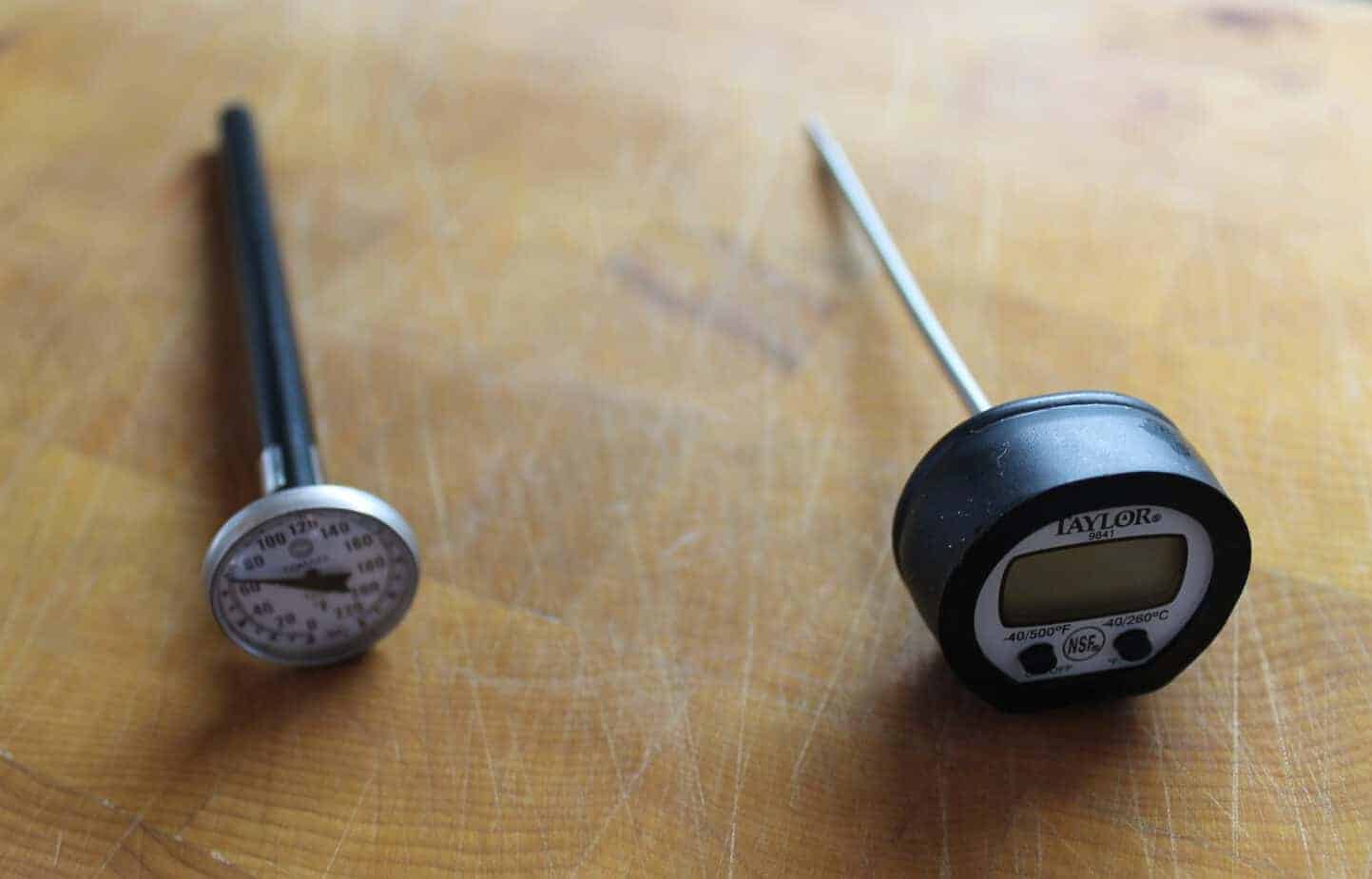
Minimum Internal Food Temperatures
Besides understanding the three forms of food contamination, an important food safety guideline to follow at home involves proper internal temperatures of food. When raw perishable foods such as meats, prepared recipes, and desserts are not cooked to the proper internal temperature the risk of bacterial contamination is not eliminated.
By cooking food for the proper length of time and to the proper internal temperature, you can ensure you won't make anyone sick! When checking the internal temperature of food, make sure you use a properly calibrated food thermometer to ensure an accurate reading!
Some basic cooking temperatures to use as a guideline when dealing with perishable foods as suggested by the Canadian Food Inspection Agency are:
Chicken and other poultry - Cook to 165F (74C) for 15 seconds
Whole Poultry (Turkeys and Chickens) - Cook to 185F (85C) for 15 seconds
Fish and Shellfish - Cook to 158F (70C) for 15 seconds
Meats( Beef, Pork, Lamb etc) - Cook to 160F (72C) for 15 seconds
Egg Related products - Cook to 145F (63C) for 15 seconds
So what about that medium rare steak you love so much!? How do you avoid a bone dry turkey at Christmas time, if you are supposed to cook it to 185F? Keep in mind that these temperatures are suggestions to avoid ANY POSSIBILITY of bacteria AT ALL being in your food. What temperature you end up cooking your food to is in the end, entirely up to you.
One option would be to brine the turkey to help it stay moist. Having worked in many professional kitchens, I can tell you that chicken breasts are usually cooked to 140F-145F and then left to rest for 5-8 minutes before serving. Allowing the chicken to sit for a little lets the internal temperature rise through carry over cooking. So how about that medium rare steak? A mid-rare steak is technically only 135F in temperature, but the reason you can safely eat the meat at this temperature is that the bacteria doesn't penetrate far inside of the meat. It mostly grows on the outside of the meat. By searing the meat you effectively kill the bacteria on the outside while keeping the inside tender and juicy.
When cooking poultry and most seafood, it is a good idea to follow these temperature guidelines at home. Better safe then sorry!
This is only a basic overview of the different kinds of contamination that cause food borne illness. I want to bring awareness to the most common safe food handling issues that you may come across at home in your kitchen. There is a lot more information that can be covered on safe food handling practices and procedures. It is quite an in depth topic, and I encourage you to read more Safe Food Handling Tips as provided by Health Canada.

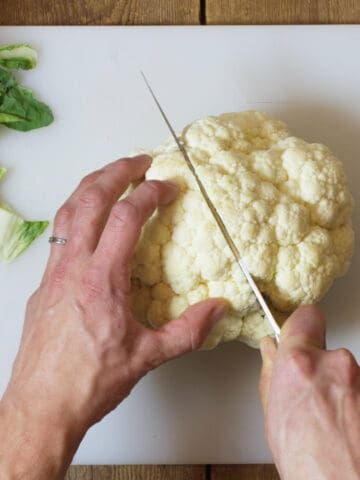
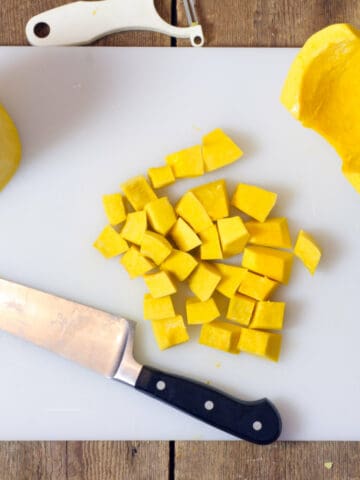
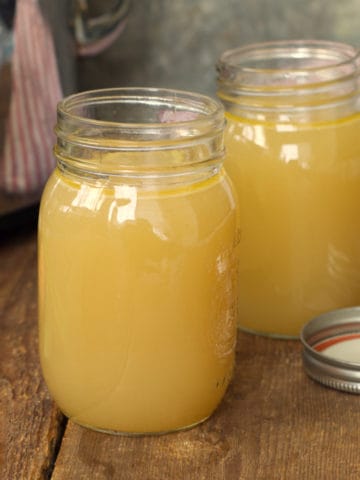
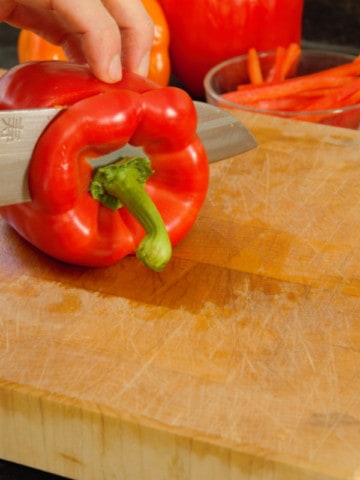
Charles
Thank you for sharing such amazing information about what is food safety and safe food handling practices in the home kitchen. Having a safe food handling practice is not only important at home; it is also important in the food industry.
Gay McDonald
Hi Chef Markus, In Australia, we have a Safe Food Handling Course. It's not expensive, and there are 2 levels. The first level is aimed at kitchen hands, trainee chefs, and anybody who cooks food - even at home. The second level is more for people, like me, who cook in a commercial kitchen along with others, who may not have any training. It also looks at handling food for people with food allergies, etc. I cook for an older person's group, and sometimes for another organization, and find it hard at times to impress the need for extreme safe food handling when dealing with allergens. I ended up making some posters and laminating them, placing them where they are very easily seen. Less issues since then! Best wishes, thanks for sharing your tips and recipes. I look forward to your free book and I am looking into the other books you recommend too. Thanks, Gay. Cooktown, far north QLD
Mairead Rodgers
This is a perfect reminder for everyone who cooks! Thanks for sharing!
Marisa
Very informative post, thanks for sharing, it is a wonderful reminder????
janet @ the taste space
Great reminders. I bet most home cooks don't know the ins and outs of food safety. Looking at your lists, though, it reassures me that I don't often cook meat which would make for a somewhat safer kitchen. 🙂
Colleen
Nice post, Markus. What a great resource for beginner cooks!